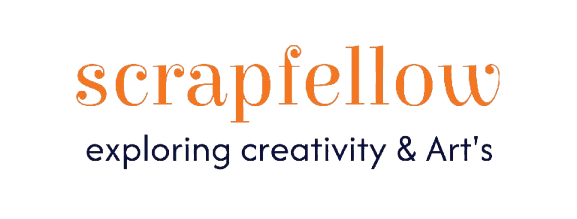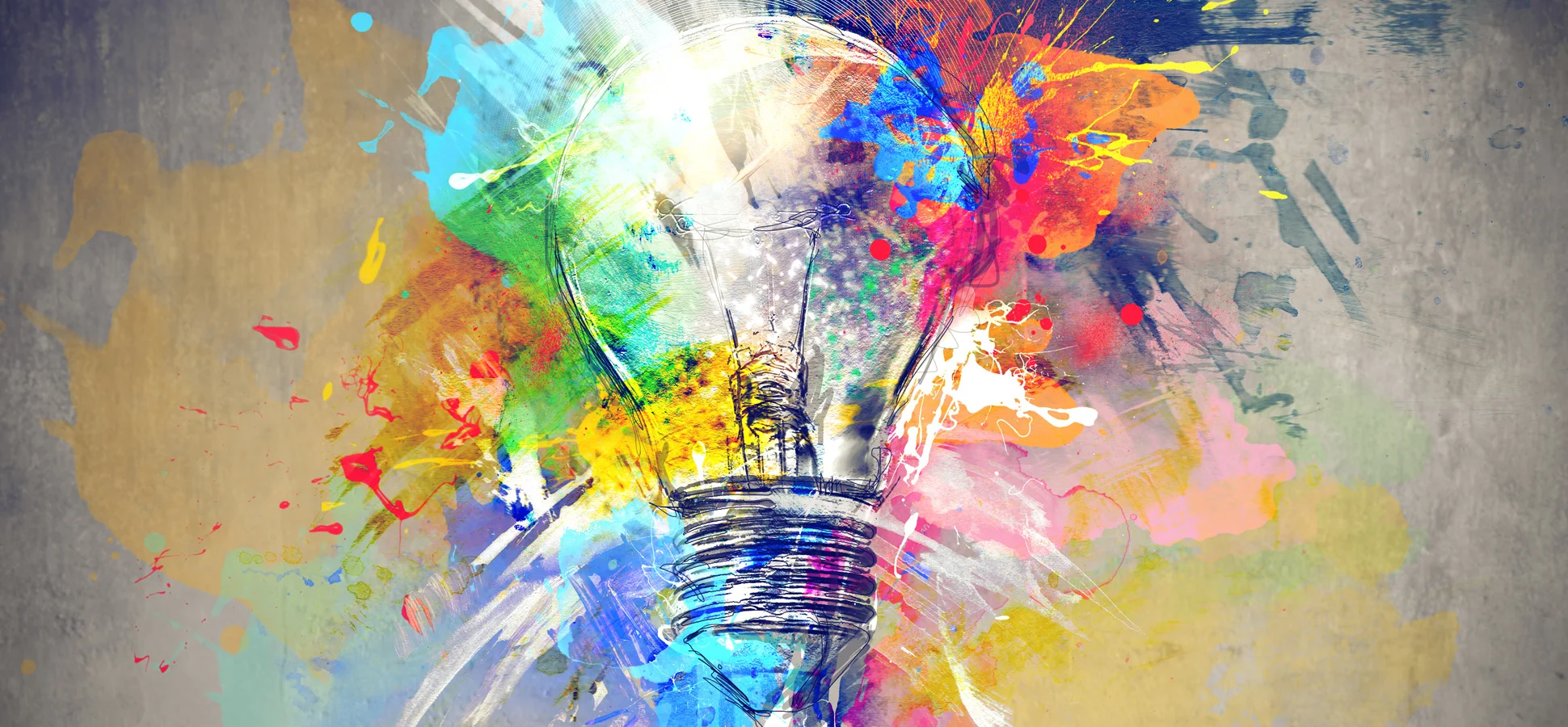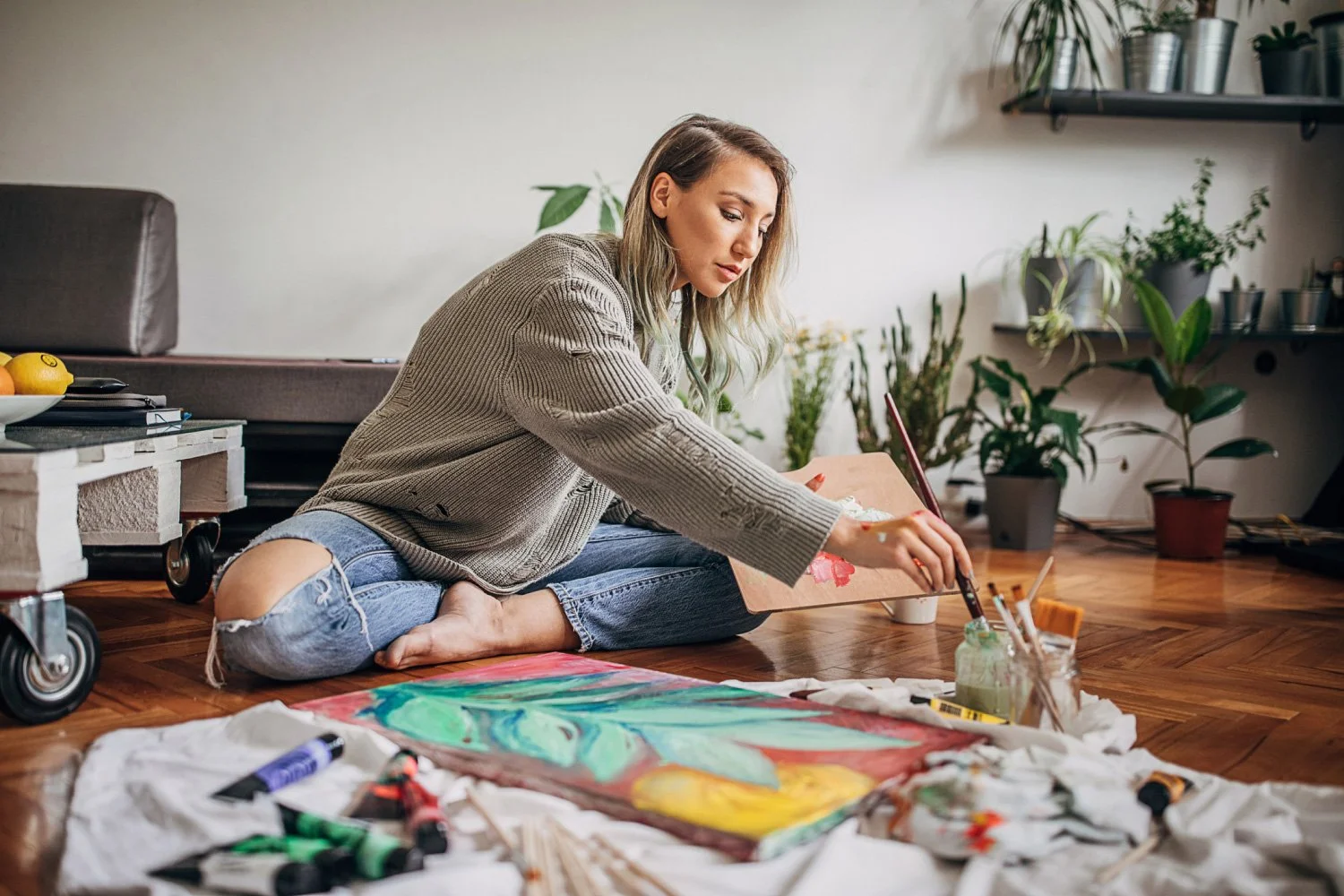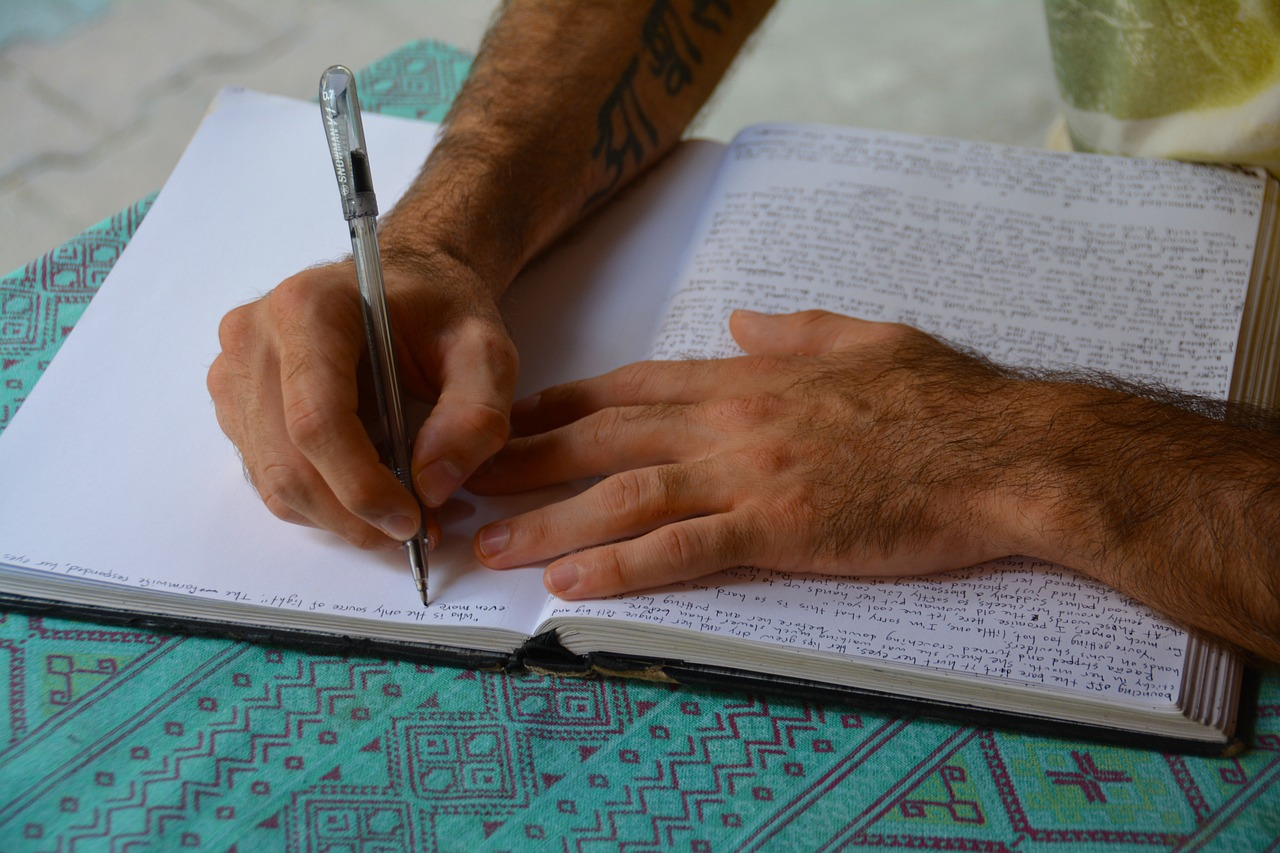Creativity often flourishes not in boundless freedom but within the confines of limitations. When resources are scarce or tools are restricted, individuals are compelled to think innovatively, leading to unique and inventive solutions. This phenomenon is evident in various fields, from art and design to problem-solving scenarios, where constraints serve as catalysts for creative breakthroughs.
Consider the practice of “limited palette” painting, where artists use a restricted set of colors to create a piece. This constraint challenges them to explore color mixing and composition more deeply, often resulting in harmonious and cohesive artworks. Similarly, writers participating in exercises like six-word stories or lipograms (writing without a particular letter) find that these limitations push them to choose words more deliberately, enhancing the impact of their narratives.
Embracing constraints can also be beneficial in daily creative exercises. For instance, setting a timer for a short period and attempting to sketch or write within that timeframe encourages quick thinking and reduces overanalysis. By intentionally limiting tools or time, individuals can bypass creative blocks and tap into spontaneous, innovative ideas. Incorporating such practices into one’s routine can foster a more resilient and adaptable creative mindset.





